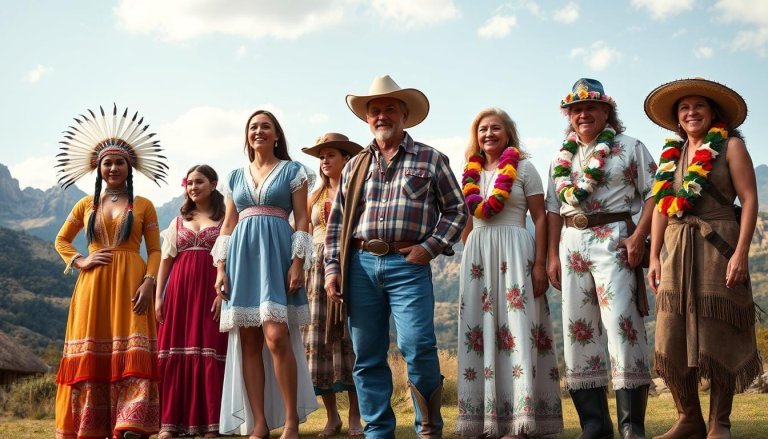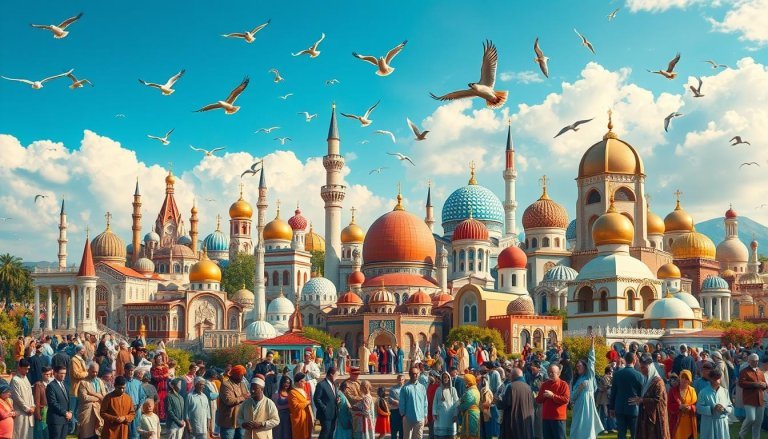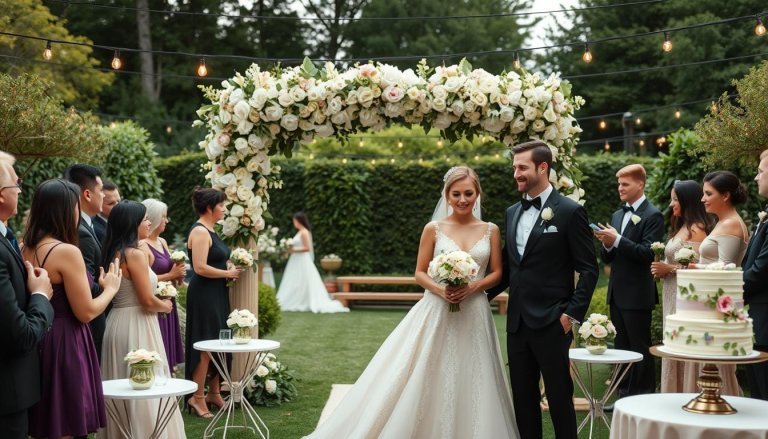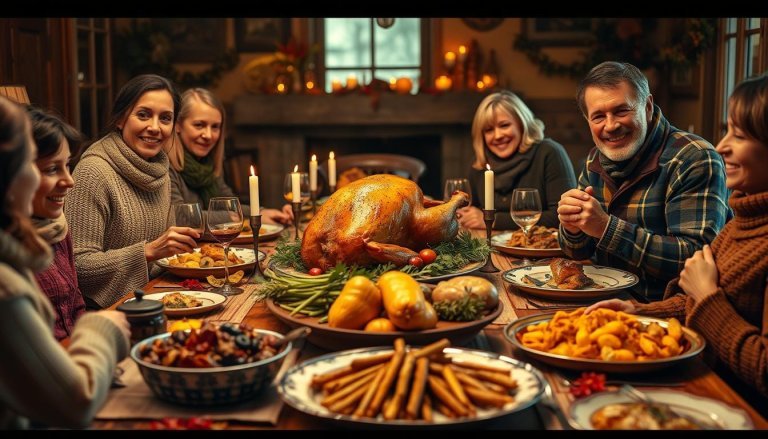The USA has a rich mix of traditional clothes. These clothes show its diverse culture. They tell stories of its history and different regions.
Pioneer and Western wear are key parts of American fashion. Cowboy hats, boots, and jeans are more than just clothes. They symbolize the American spirit.
Native American traditional dress is colorful and important in USA clothes. It includes beadwork, feather headdresses, and woven textiles. These items connect people to their ancestors.
The colonial era brought European styles to America. Settlers mixed these styles with the new environment. This mix helped create American fashion.
Historical Evolution of American Traditional Dress
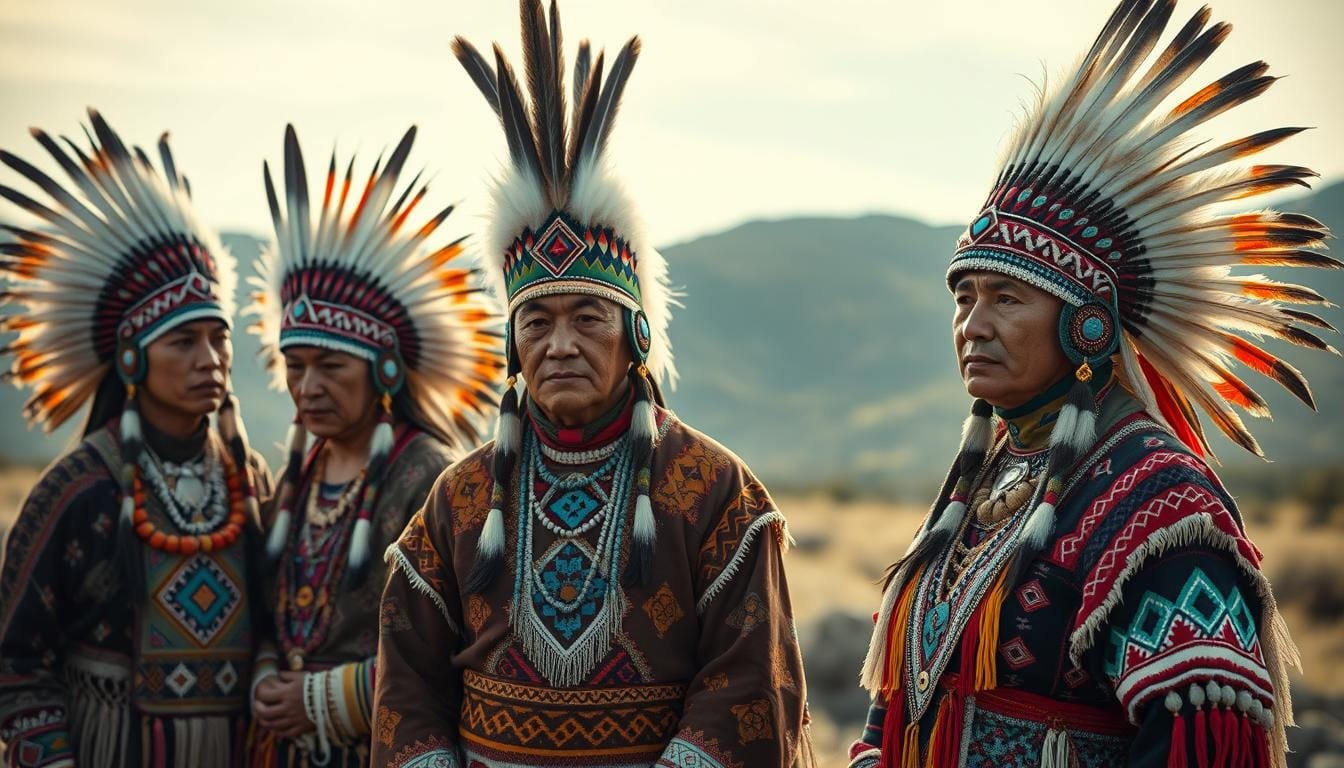
American fashion has changed a lot over the years. It shows the country’s rich culture and changing history.
Colonial Era Fashion and European Influences
In the colonial times, American clothes were influenced by Europe. People made their clothes by hand from wool, linen, and cotton. Men wore breeches and doublets, and women had long gowns.
They also wore steeple hats for a fancy look.
Native American Traditional Regalia
Native American clothes are full of meaning and skill. They use beads, feathers, and fringes. These show the tribe’s history and traditions.
Post-War Fashion Development
The 1950s were a big change in American fashion. Clothes were both elegant and useful. Women wore dresses with tight waists and full skirts.
Men had sports coats and slacks, making their clothes more casual. This time helped start the many styles we see today.
| Era | Key Fashion Elements | Influences |
|---|---|---|
| Colonial | Handmade clothing, natural materials | European styles |
| Frontier | Cowboy outfits, practical wear | Western lifestyle |
| Post-War | Elegant dresses, casual menswear | Societal changes, youth culture |
The journey from pioneer clothes to today’s fashion shows America’s growth. It shows how our culture and clothes keep changing.
USA Traditional Clothing Across Cultural Groups
The United States has a wide range of traditional clothing. Each style shows the country’s rich cultural heritage. From the simple Amish clothes to the colorful Hawaiian outfits, they all share stories of identity and values.
Amish and Mennonite Traditional Attire
Amish and Mennonite clothes are simple and modest. Women wear long dresses, and men have plain shirts and trousers. They often choose dark colors like blue and black, showing their humility and community spirit.
Hawaiian Traditional Garments
Hawaiian clothes are full of life and color. The aloha shirt is famous for its bright designs. Women love the muumuu, a long, colorful dress perfect for Hawaii’s warm weather. These clothes celebrate Hawaii’s easy-going vibe and natural beauty.
African American Cultural Dress
African American clothes mix African traditions with American styles. Kente cloth, with its bold patterns, is a key part of many outfits. The dashiki, a loose tunic, is worn during cultural events. These clothes are important during Kwanzaa, showing pride in African heritage.
Jewish and Religious Traditional Clothing
Jewish traditional clothes vary by denomination. Men often wear a yarmulke, a small cap. The tallit, a prayer shawl, is used during services. Orthodox Jewish women wear modest clothes, like long skirts and sleeves.
| Cultural Group | Key Garments | Significance |
|---|---|---|
| Amish/Mennonite | Plain dress, solid colors | Modesty, simplicity |
| Hawaiian | Aloha shirt, muumuu | Island culture, relaxation |
| African American | Kente cloth, dashiki | Heritage pride, cultural identity |
| Jewish | Yarmulke, tallit | Religious observance, tradition |
Conclusion
Traditional clothing in the USA shows the country’s rich diversity. It includes Native American regalia and clothes from immigrants. These outfits tell the story of America’s history and mix of cultures.
Keeping traditional clothes alive is key to our cultural heritage. It’s more than just clothes; it’s about family stories and values. Places like Hawaii, California, and Texas celebrate their diverse traditions through their clothes.
Even as fashion changes, many people in the USA hold onto traditional clothes. They wear them for special events and to express themselves. This shows that traditional clothes are a lasting part of who we are.
